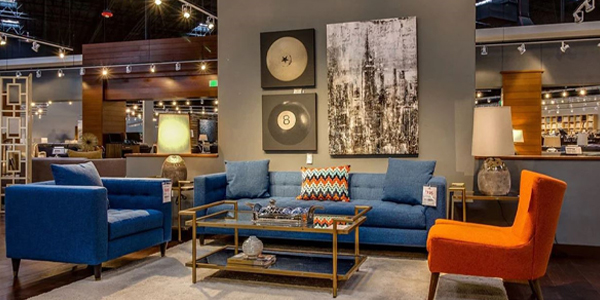
Designing an Ideal Furniture Shopping Experience

Confused about too many furniture options online? How does one select from so many furniture options in a huge Furniture store?
The furniture in a home is the backbone of the household. Your furniture takes up majority of the space and helps make your home feel inhabited, welcoming and wholesome. When choosing your furniture for your living room or dining room, it’s important to pick pieces which are timeless and functional and fit your budget and space requirements. In the context of India, buying furniture is a family spectacle where everybody wants to be involved in deciding which couch will best fit into their living room decor.
The online furniture shopping experience provides its customers a lot of options at the convenience of a click; but just like two sides of a coin, there are a lot of problems people face during this process. Unless you sit on the sofa or your recliner, you can never be sure of the comfort level; online shopping does not avail this comfort. One cannot be fully content with the quality and type of fabric used in the furniture. To get an idea of the right touch and feel, to get to check the ergonomics, to get an exact live idea of color options and to get quality insurance; nothing beats the in-store shopping experience.
An Experience Centre design for a furniture brand can allow the customers to explore these various options, but, in a fresh and an innovative way. A furniture experience center design is different from a typical showroom design where a large number of furniture options are cluttered and hence, due to lack of breathing space, the focus from these furniture options is lost. A well designed experience center can work as a silent interior designer as it recommends a tried and tested solution, which can be experienced before it’s bought. Furniture brands like Pepperfry and Urban Ladder with a great online presence, have expanded through a brick and mortar store format, where these Experience centers sell the quality and comfort of their products and has in turn increased their online sales.
Here, we take a look at the key design features that go into making an ideal furniture experience center design:
1. LAYOUTING AND PLANNING:
Getting the layout of your furniture store right requires creativity, well thought out narratives for your product and testing. The spatial planning of the store plays an important role in managing your experience center flow and traffic. The decision of which layout is the right layout for you depends on a number of factors including the size of your store and the furniture items that you want to sell.
A well-planned store can actually win a lot of battles for the store owner as well as for the customers:
• It helps in defining a certain image for the furniture brand
• A smooth flow of navigation through the store experience
• Location of each product becomes easy to spot
• Organization of furniture in terms of various categories like themes, colors or usage which helps the customers identify their choices and understand the newer trends in the market
Visually planned spaces utilizes the footprint better and can make efficient spaces as per the user requirements. Getting the layout and planning in an Experience Center Design can transform your store into a destination for an unforgettable furniture shopping experience.
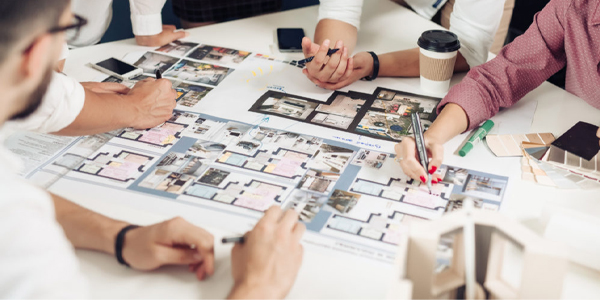
2. COLOR PALETTES:
Colors form the foundation of any furniture experience center design and have the power to enhance the products with relevant color combinations. Whether you want to blend in your furniture with the surroundings, you want a certain kind of furniture piece to stand out or you want a balanced composition of various small elements in a space; choosing the right color palette is important.
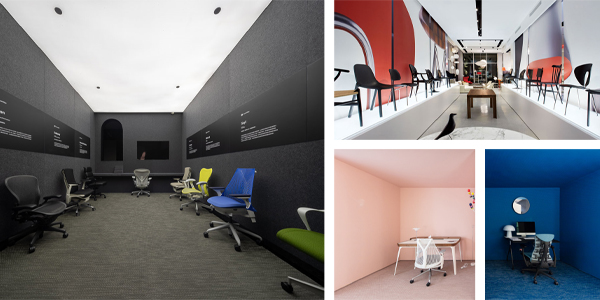
The bold use of a strong color palette reflects in the new showroom of Herman Miller in Guangzhou, China. The vivid use of solid colors shows how a prestigious furniture brand like Herman Miller has always focused on new and innovative ways of showcasing their furniture.
3. CREATING ZONES FOR CATEGORIES
An Experience center design helps you expand your furniture clientele beyond residential offerings. An ideal furniture experience center should be planned to create focus areas to form various zones which can be dedicated to specific categories like:
- Residential
- Office
- Retail
- Hospitality
- Cafes and Restaurants
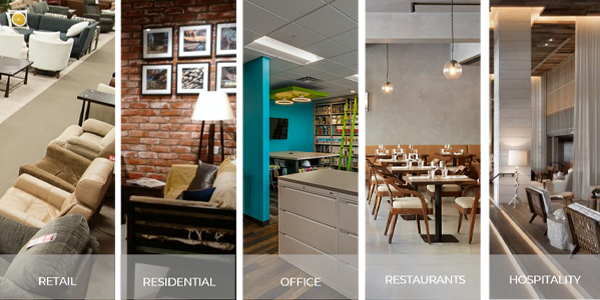
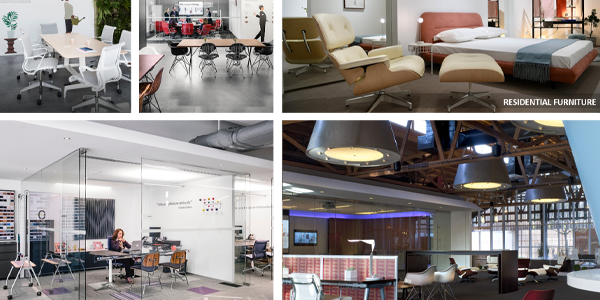
The smart segregation of categories into zones to reach out to furniture requirements of different sectors is done beautifully in Herman Miller experience centers around the world.
4. A WELL COMPOSED SPACE
“Quality is more important than quantity. One home run is much better than two doubles.”
-Steve Jobs
Once the color palette accentuates your furniture offerings and a thematic story caters to a wider audience, the next crucial step in experience center design is composition of your space. A well composed space can sell multiple different items of furniture at once.
What is a composed space in a Furniture experience center design?
Arranging the furniture elements in the right configuration, use of props like wall art, lighting or table top accessories can help customers visualize their products and take an informed decision. Planning a furniture experience center through composed zones can also help in engaging the customer into a concept with multiple product offerings instead of only one piece of furniture.

Livingspaces, an international furniture store, puts a lot of focus on the compositions of the products. Through this one composition, they effectively sell the 3 + 1+ 1 Sofa set, side tables, a coffee table and the supporting accessories in the form of wall art, table art and table lamps.
Experiencing such well composed spaces, customers are able to appreciate the quality of the product and are driven to explore more options within the same category.
5. EXPLORATION, CUSTOMIZATION AND TECHNOLOGY
Buying furniture is a family decision, where decision makers can be from various walks of life, different age groups and different genders etc. Hence, a piece of furniture may have a different purpose/use, vision, idea of comfort or choices in terms of design or color.
A customer who likes the product offering after observing it in a well composed space wants to explore more options like:
- Upholstery
- Colors
- Configuration
- 3D visualization in the real space
- Sizes
Hence, a Furniture Experience Center Design must offer various opportunities to the customers through physical and Technology interventions.
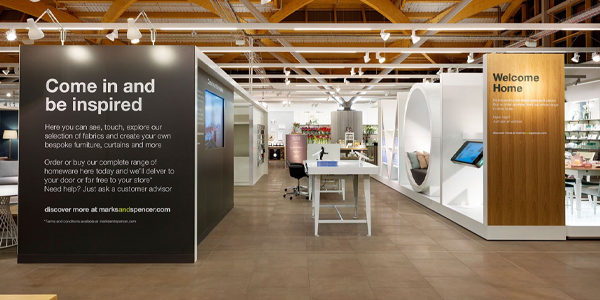
The M&S Home store in the UK showcases its online catalogues, product cards and fabric switches IPads and large format touch screens. Seasonal rooms show how pieces work together, while in smaller stores, ‘Sell by Sample’ displays profile the colors, designs and textures available in the full collection
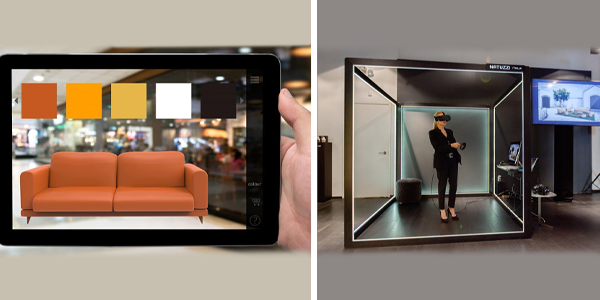
IKEA, a furniture retail company, used virtual reality to promote their new store and introduced two games that engaged customers and spotlighted the distinctive features of their products.
6. ENGAGING ALL THE FIVE SENSES
Physical design can influence the way people feel within a space. It influences our mood, our energy and our movements as perceived by our brain. While the majority of furniture store designs are made up of visual components, to create a meaningful experience for people one needs to engage all the five sense in their customer experience.
…Does your furniture store help customers explore all five senses before they choose their dream furniture?
The look and feel of a store can completely transform if the scents around a composed space appeal to the viewer, the ambience is enhanced with the right choice of music in the background, the furniture is displayed in a flexible way for the customers to have a hands-on experience in rearranging the pieces and the taste of a freshly brewed coffee can help them articulate their decision to buy the quality product.
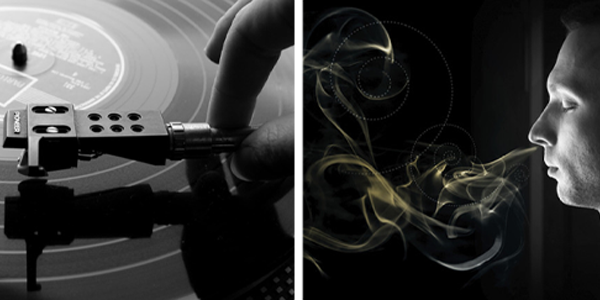
Husband and wife team Mary Liz Curtin and Stephen Scannell opened Leon & Lulu in 2006, rehabbing the historic Ambassador Roller Rink and making it a destination for shoppers. The experience Mary Liz wants to give her customers is based on her theory:
“..Shoppers engaged through all five senses in the store spend more time there and are more likely to purchase…”
Soft music creates a comfortable environment, encouraging a shopper to spend more time there. Engagement with music becomes crucial during a festive season where the song choices adapt itself to the festival. Scents like vanilla and fresh cotton never go out of season in the Leon & Lulu store. The engagement of the scents can be season based to engage the customers as they look for their perfect winter chaise lounger or a summer balcony swing.
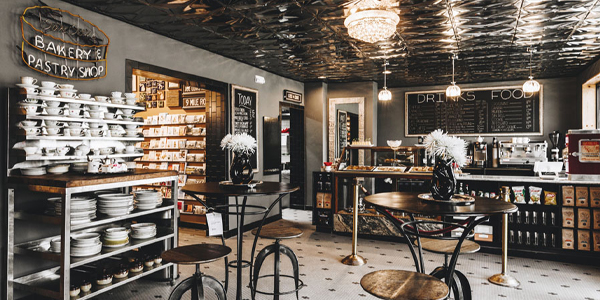
The three cat’s cafe as the entrance café sets this furniture store apart and makes the entire experience a memorable one for the customers. Customers can experience freshly brewed coffee and order the furniture they are having it on. The café increases the recall value of their furniture store and hence, gives the customer a wholesome experience.
7. FLEXIBILITY WITHIN SPACE DESIGN
A flexible experience center design helps a brand to create multi-functional spaces, where furniture display can be mixed with bars, cafes and art/event spaces. This multi functionality in an experience center design creates a recall value for the customers.
With the ever-increasing furniture options, a floor space needs to be able to keep on changing the configuration of their furniture display to bring a fresh character to their customer experience every once in a while.
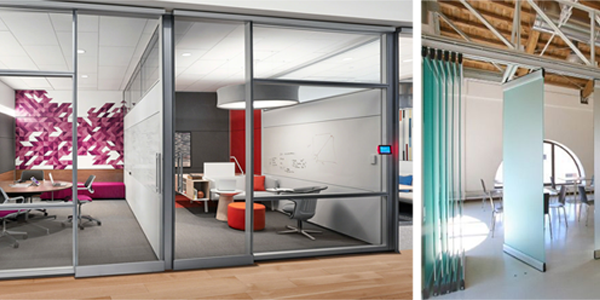
8. INTEGRATION OF LOCAL CULTURE
An experience center design should be able to adapt to the local culture of the region the store is opened in. This sensitive approach towards a location based design helps them reach out to a wider audience as there is a personal connect in addition to the supreme quality of products.
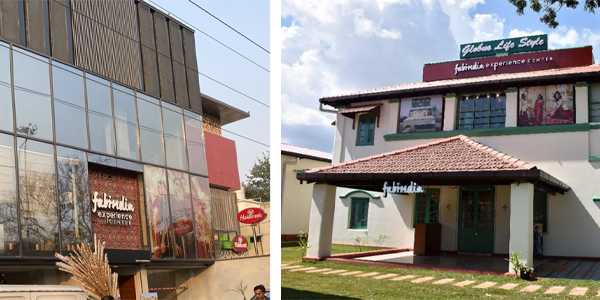
The Fab India Experience Center design molds itself according to the location. The images reflect the integration of local culture into the facade design.
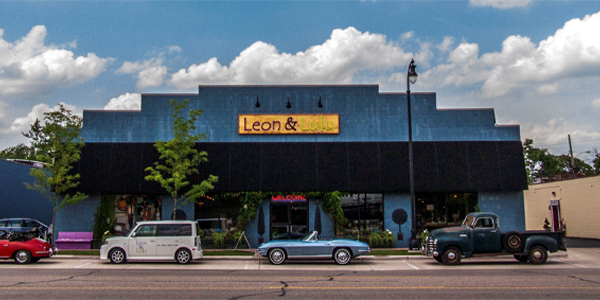
Set in the historic Ambassador Roller Rink and Clawson Theater in Downtown Clawson, Michigan, Leon & Lulu adapts to the local culture in its true essence.
These are the essential design elements that go into creating a wholesome experience through a furniture experience center design. Better design thinking can improve the way a piece of furniture is displayed or composed. An Experience Center Design can not only value add to make the store look aesthetically more vibrant but also help increase in footfalls by intelligently offering enough furniture options and stories to buy.

1 comments